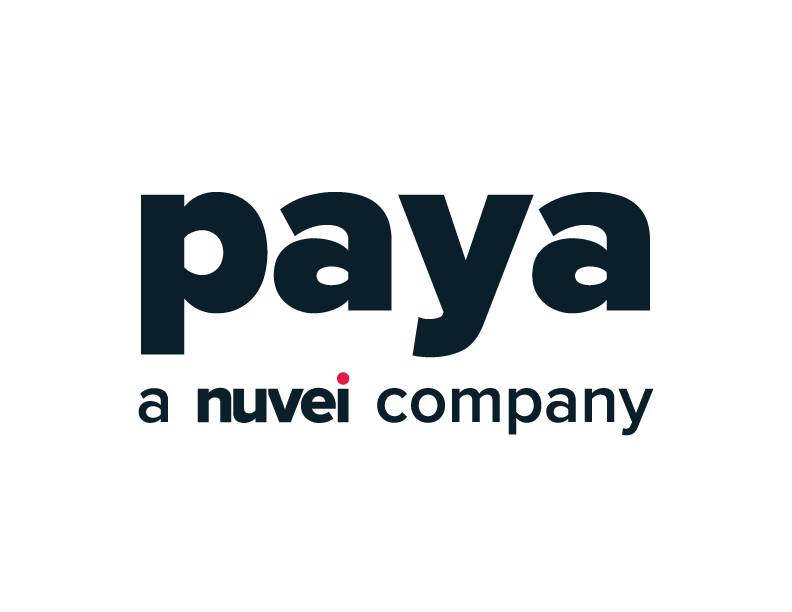By Brock Robertson, SVP – ISV Channel, Paya Inc.
If you’re a manufacturer, then you know that achieving operational excellence is essential to growth and profitability. And, in today’s marketplace, that means being able to invoice customers and accept payments quickly and easily.
The modern manufacturer has many options when it comes to billing and payment acceptance:
- Robust ERP systems with fully integrated payment acceptance
- Standalone solutions like virtual terminals
- Countertop POS devices and more
While the best choice for B2B commerce may seem obvious, surprisingly, many manufacturers choose to manage their billing and payment acceptance outside of their ERP, and by doing so, introduce complexity and inefficiency into their environments.
Keep reading to understand how by leveraging an ERP’s integrated billing and payment acceptance solution, manufacturing businesses (and the customers they serve) win.
A Fully Integrated Solution
Many manufacturers are hindered by having many systems that operate in isolation instead of being integrated together as one cohesive unit. When it comes to invoicing and payment acceptance, many manufacturers rely on standalone systems that are independent of ERP software. For some manufacturers, digital payment acceptance is not supported in their current environment, resulting in a high percentage of customers paying invoices by traditional paper checks.
Fortunately, there is a readily available solution to these challenges. Manufacturers can eliminate siloed technologies and embrace digital payment acceptance by leveraging an all-in-one solution where billing and payment acceptance is fully integrated to the ERP platform. This solution permits payment acceptance to function as native to the ERP, streamlines back-office processes, and nearly eliminates the need for dual entry of accounting data and the inherent risks of human error.
Efficiency
In any B2B organization, labor is a leading cost center and eliminating manual processes is a key strategy to reduce operating expenses. When payment acceptance is performed outside of an ERP, labor costs can be as high as one full-time employee.
Let’s look at this example: If each time an employee processes an invoice outside of an ERP, the task takes 25 minutes. Assuming 25 invoices per day, that task adds up to more than 52 hours per week—the equivalent of one full-time and one part-time employee dedicated to invoicing and payment processing (acting as a human payment terminal). By comparison, when payments are digitally handled through ERP software, the total time spent may be less than 5 minutes per invoice, or 10 hours per week. Given the average salary of an accounts receivable clerk, in this example, the savings would equate to over $45K annually!
Using a centralized ERP software application to manage billing/invoicing and collect payments saves dozens of hours every week. That time savings translates into lower labor costs and serious cash flow improvements down the line, fueling growth and profitability.
Eliminate Human Error
As illustrated above, manual processes are the enemy of efficiency. Not only do they raise labor costs, but they also expose businesses to costly mistakes and even data breaches. The risk is significant, with one study finding that the average employee makes 118 mistakes per year. By leveraging an ERP’s integrated digital payment acceptance, manufacturers can significantly reduce this risk.
Speeds Time to Cash
Integrated payment acceptance results in faster time to cash in hand.
Late payments can stifle cash flow for businesses. Of B2B payments collected by small- to medium-size businesses (SMBs) in the U.S. last year, 57% were late, and 17% of these payments were received 30 or more days after their due dates. By providing a convenient way for buyers to pay electronically with a credit card or checking account—for example, click to pay links sent via email—manufacturers get paid faster.
Manufacturers can further improve time-to-cash by automating payment processes through the ERP’s secure card or account-on-file remittance functionality. Leveraging payment functionality like tokenization and card account updater, suppliers can conveniently pay with an account on file, delivering a frictionless experience.
By making the digital payment experience convenient, manufacturers can reduce paper check payments, thereby improving cashflows.
Endless Benefits for Your Customers
The benefits of accepting digital and electronic payments are not just for manufacturers. Buyers reap the benefits of a commerce experience that is secure, powerful, and sustainable.
- Security. Digital payment remittance is the best way to ensure a safe commerce experience. Credit cards are more secure than paper checks, with fraud attempts spiking 43% in the past two years.
- Enhance consumer buying power. Credit cards with extended lines of credit allow buyers to purchase more and take advantage of economies of scale.
- Streamlined workflows. Buyers avoid the time-consuming manual process of writing and mailing paper checks, as well as manual reconciliation.
- Sustainability. Paying by credit card or ACH is paperless and sustainable.
- Convenience. Once set up to pay by credit card or ACH, buyers can easily and securely pay for future goods with an account on file, saving time and streamlining operations.
Integrated payment processing offers manufacturers the chance to reap the benefits of quicker, more efficient, and more cost-effective payments, while their buyers benefit from a seamless, convenient payment experience.
Getting Started
Together with our integration partners, Paya offers integrated payment solutions designed to help manufacturers exceed their customers’ expectations and to future-proof their ERP and payments capabilities. If you are interested in learning more about our integrated payment solutions or would like to schedule a demo, contact us today.

